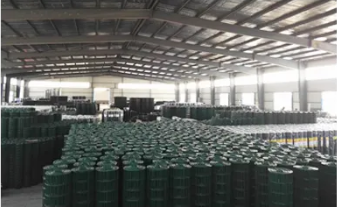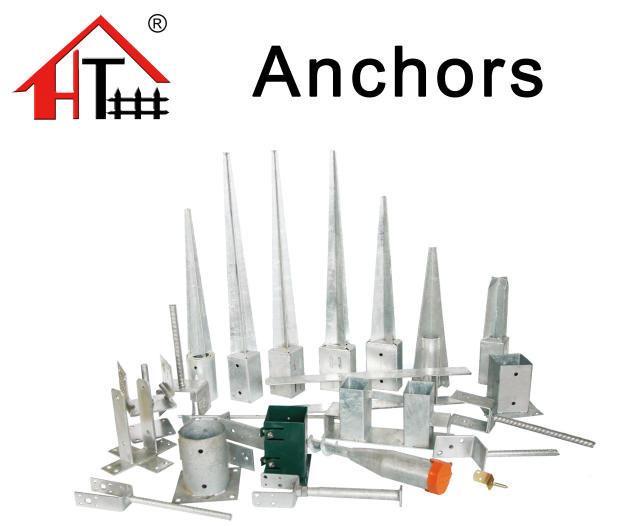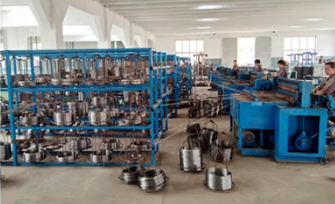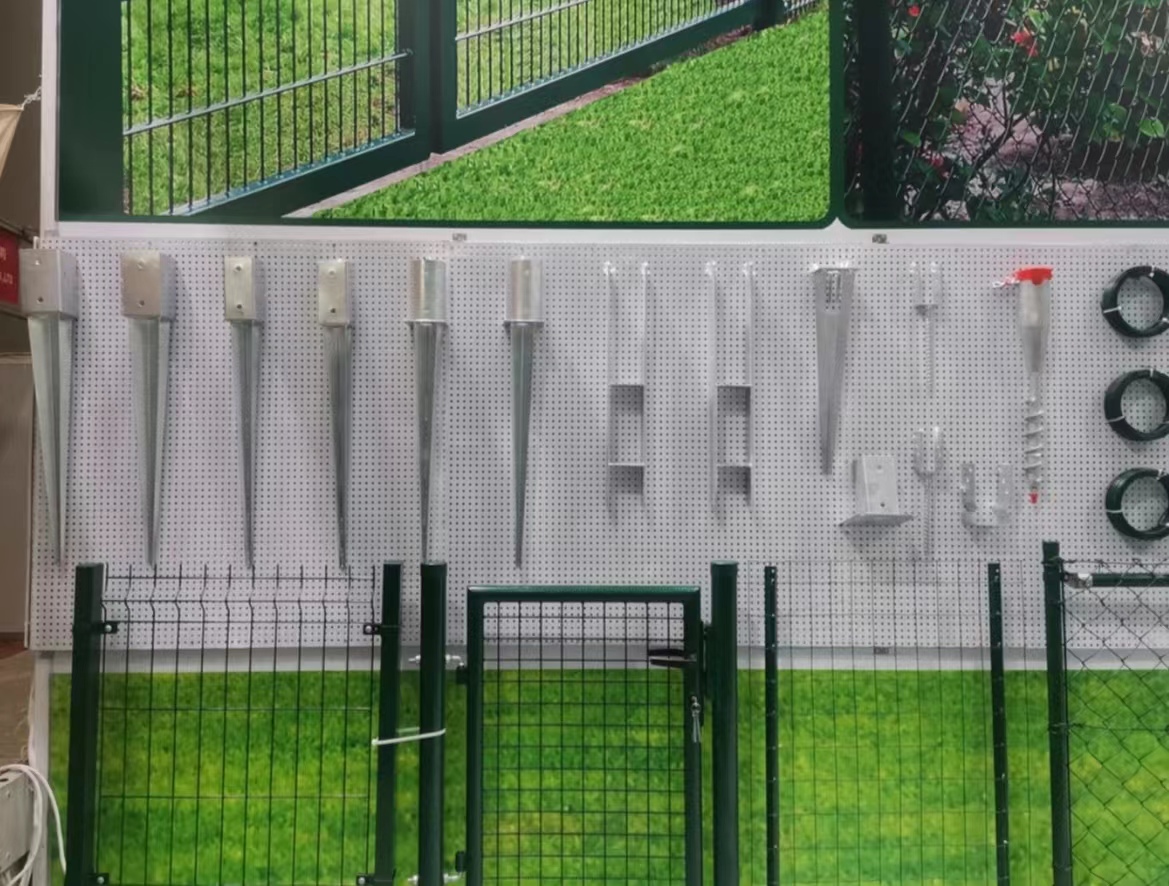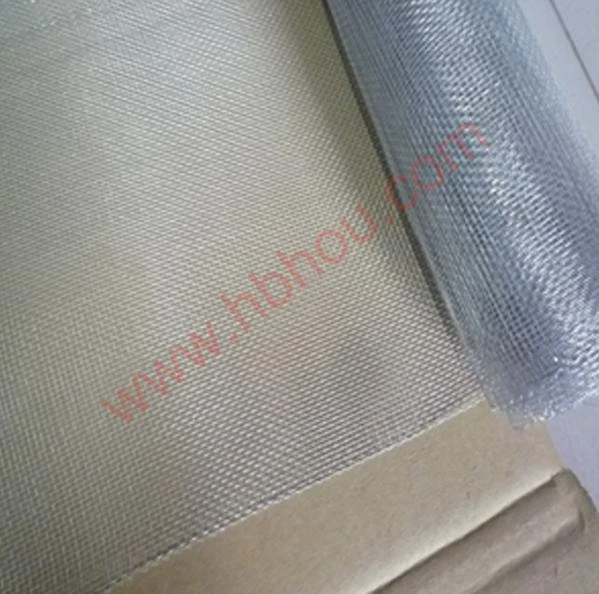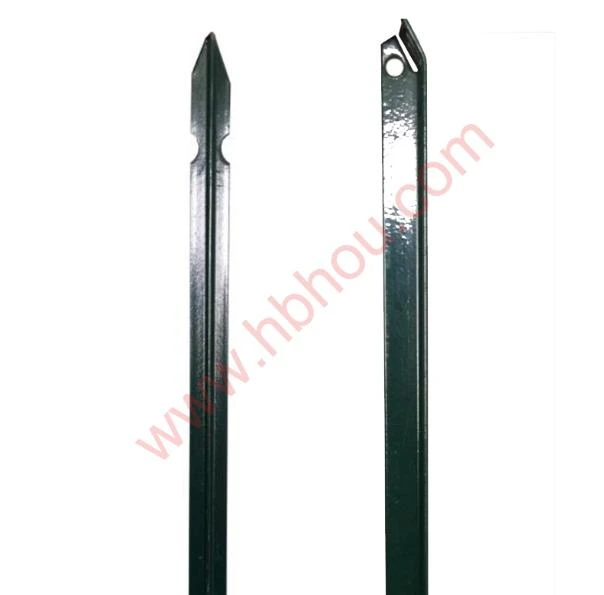Stretching Woven Wire Fence An Essential Guide
Woven wire fencing is a popular choice for farmers, ranchers, and property owners who seek effective and durable barriers for livestock and property boundaries. However, the integrity and longevity of a woven wire fence heavily depend on proper installation and maintenance, particularly the stretching of the wire. In this article, we will explore the importance of stretching woven wire fences, the techniques involved, and some helpful tips to ensure that your fence remains sturdy and effective for years to come.
Importance of Stretching Woven Wire Fences
One of the primary reasons for stretching woven wire fencing is to prevent sagging. Over time, an improperly stretched fence can develop slack, leading to gaps that livestock can exploit to escape or predators can use to enter. A taut fence is not only more secure but also enhances the aesthetic appeal of the property. More importantly, it minimizes the chances of damage from natural elements such as wind and snow, which can exacerbate the sagging effect.
Techniques for Stretching Woven Wire Fences
To achieve the desired tension in woven wire, a few techniques are commonly employed. The most common methods include the use of a tensioning tool, wire grip, or come-along. Here’s a step-by-step guide to effectively stretching your woven wire fence
1. Preparation Before beginning the stretching process, ensure that all materials and tools are on hand. This includes woven wire fence rolls, tensioning tools, staples or fasteners, and posts.
2. Installation of End Posts Set up strong end posts that are firmly anchored in the ground. These posts serve as the primary support structure for the fence. Make sure they are aligned and positioned correctly before attaching the wire.
3. Unrolling the Wire Carefully unroll the woven wire alongside the fence line. Ensure that the wire is free from kinks and twists that could complicate the stretching process.
stretching woven wire fence
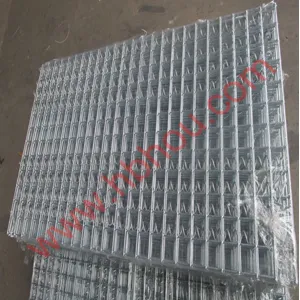
4. Attaching the Wire Use a staple gun or fasteners to secure one end of the woven wire to the end post. Ensure that the wire is attached at a height that corresponds to your fencing needs.
5. Stretching the Wire Utilize a tensioning tool or a come-along to pull the wire tight towards the other end post. Begin from the middle of the fence line and work your way outward to evenly distribute tension. It’s crucial to ensure that the wire is not over-tightened, as this could lead to damage or breakage.
6. Securing the Other End Once the desired tension is achieved, secure the wire to the other end post. Use staples or fasteners to ensure that the wire remains in place.
7. Final Adjustments After securing the fence, make final adjustments to the tension if necessary. Walk along the fence to check for any sagging areas and address them promptly.
Maintenance Tips
Regular inspection and maintenance are vital to the longevity of woven wire fences. Periodically check for signs of wear, rust, or damage, particularly after severe weather. Tightening any loose sections and replacing damaged components will help maintain the overall integrity of the fence.
Conclusion
Stretching woven wire fencing is critical in maintaining an effective and secure barrier for livestock and property. By understanding the techniques involved and committing to regular maintenance, property owners can ensure that their fencing remains strong and functional. Whether for livestock management or boundary demarcation, a well-stretched woven wire fence is an investment that pays off in security and durability for many years.









